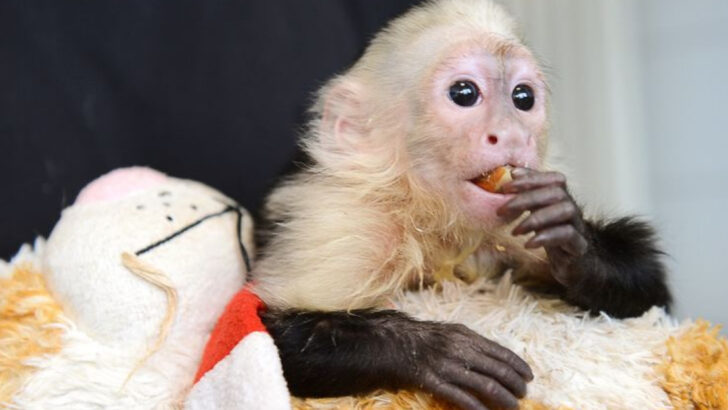Once upon a time, someone in America had a pet lion.
Yes—an actual lion lounging in their backyard like it was no big deal.
From jungle cats to venomous reptiles, the exotic pet craze of past decades was wild… literally. These weren’t just quirky choices—they were ticking time bombs wrapped in fur, feathers, and scales.
People bought ocelots like they were kittens.
Kept monkeys in diapers.
Some even smuggled in venomous snakes for bragging rights.
It was dangerous.
It was chaotic.
And somehow, it was legal—for a while.
Today, the laws have (thankfully) caught up.
But the stories? They still sound almost too outrageous to believe.
Let’s take a look at the exotic pets Americans used to keep—before things got out of hand.
Sugar Gliders
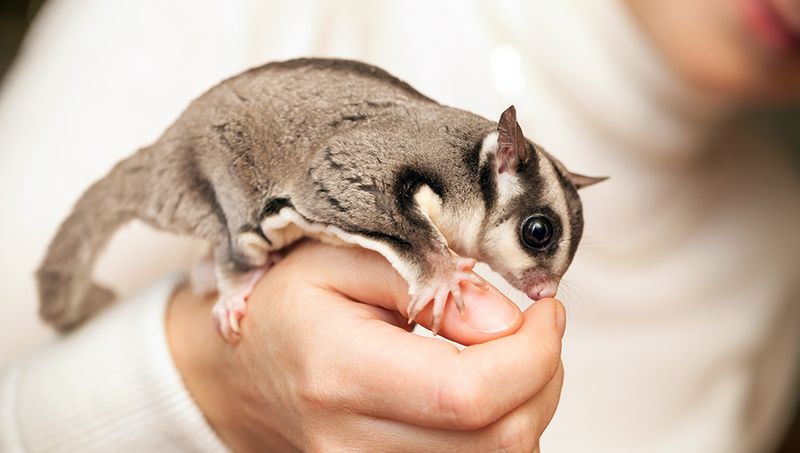
Sugar gliders, with their captivating eyes and gliding abilities, once fluttered into the hearts of many pet owners. These nocturnal marsupials, native to Australia, possess a special membrane that allows them to soar from tree to tree.
Despite their charm, their complex social needs and nocturnal lifestyle often posed challenges for families. Many found it difficult to cater to their dietary requirements and social needs.
Eventually, due to potential risks to native wildlife and the difficulty of providing suitable care, several states banned their ownership.
Red-Eared Sliders
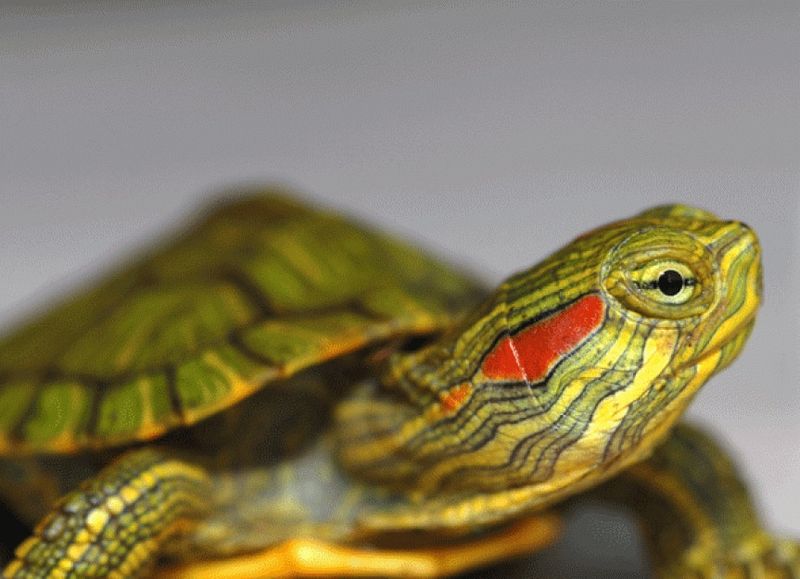
The red-eared slider, a lively freshwater turtle, was once a popular choice for reptile enthusiasts. With its distinctive red markings, it quickly became a favorite in American aquariums.
Unfortunately, released pets contributed to invasive populations, threatening local ecosystems.
As they grew, many owners found them challenging to care for, leading to abandonment. In response, regulations were put in place to curb their spread in the wild, making them illegal in several regions.
Quaker Parrots
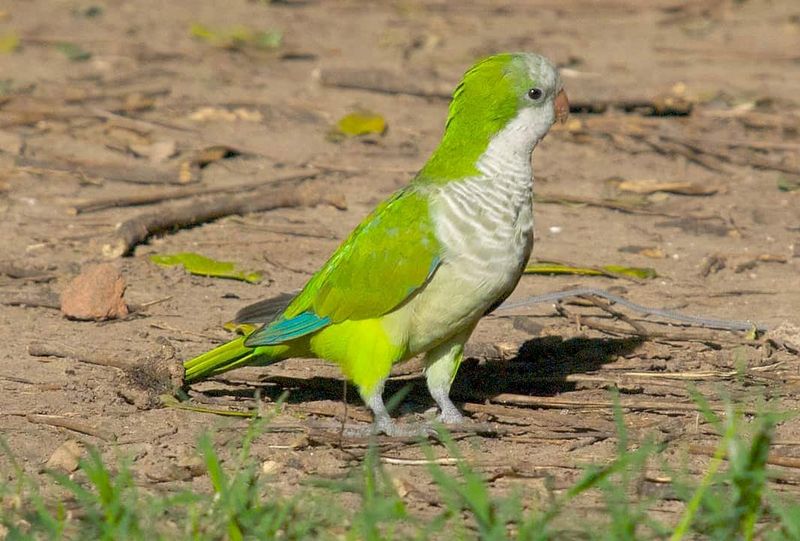
Quaker parrots, known for their vivid personalities and striking green feathers, were once sought after by bird lovers. These social creatures are known for their ability to mimic human speech and their intelligent antics.
However, their knack for building large communal nests led to issues in urban areas, where they could damage infrastructure.
To manage their burgeoning populations and prevent potential agricultural damage, laws were enacted to restrict their ownership in specific states.
Fennec Foxes
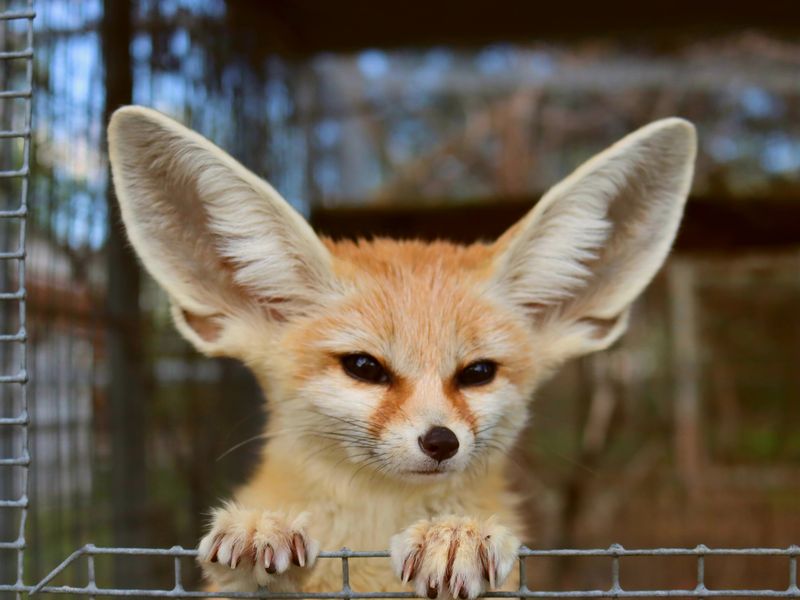
Fennec foxes, with their oversized ears and playful antics, captivated those seeking an exotic companion. Adapted to the harsh conditions of the Sahara, these nocturnal animals are skilled diggers.
However, their needs proved too complex for typical households, requiring specific diets and lots of space.
Concerns about their welfare and the illegal pet trade led to restrictions, making ownership of these charming foxes illegal in many places.
Capuchin Monkeys
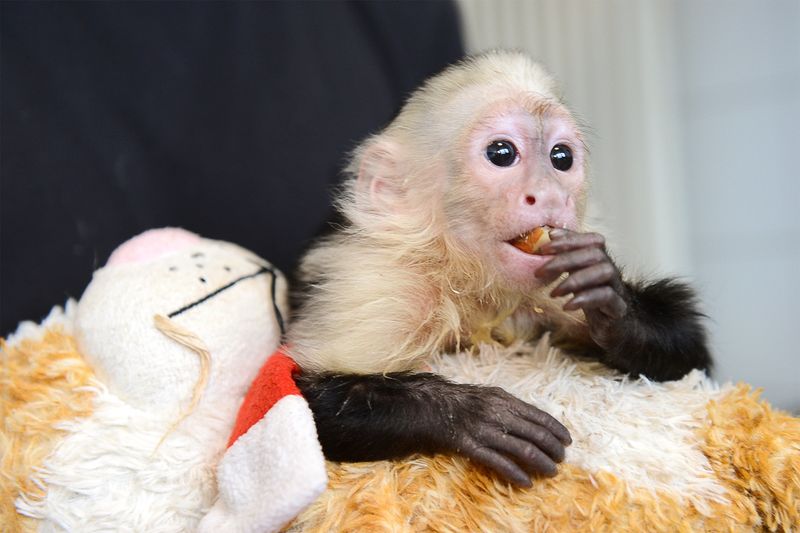
Capuchin monkeys, with their inquisitive eyes and agile movements, once shared homes with humans. Known for their intelligence, these primates require significant mental stimulation and social interaction.
As they matured, their needs often became overwhelming for owners unprepared for the commitment.
Concerns about disease transmission and ethical considerations eventually led to widespread bans, reflecting shifts in animal welfare standards.

